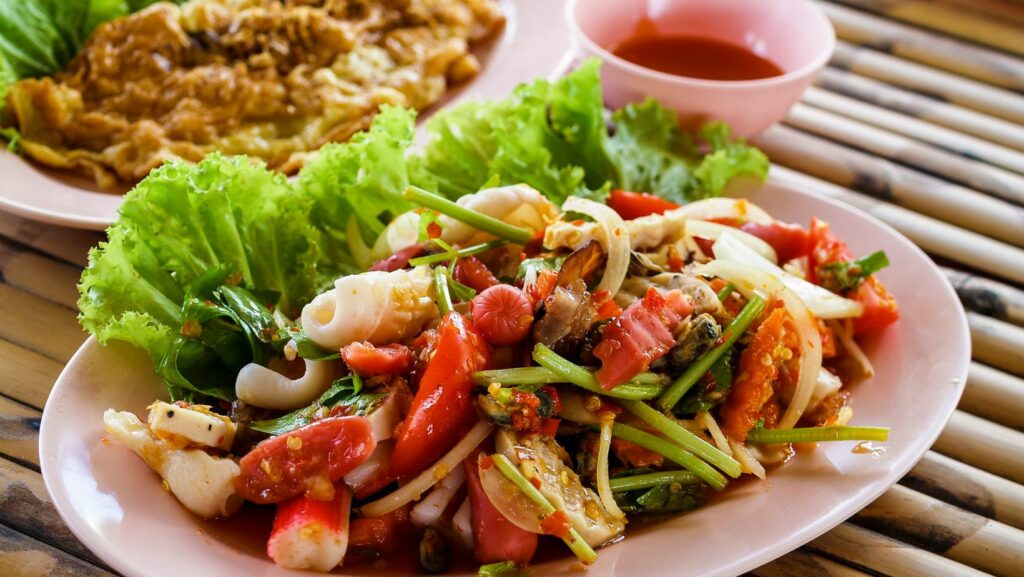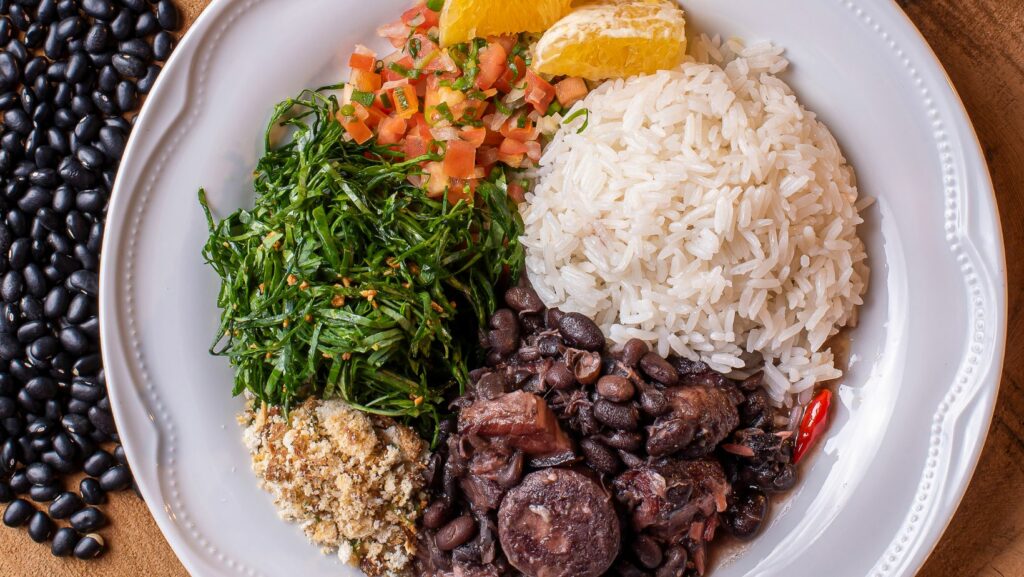Exploring Sweden’s food culture unveils a delightful tapestry of flavors and traditions that have shaped the nation’s culinary identity. From hearty meatballs and lingonberry sauce to delicate herring dishes, Swedish cuisine offers a unique blend of simplicity and sophistication. The use of fresh, locally sourced ingredients is at the heart of Swedish cooking, reflecting a deep connection to nature and sustainability.
Sweden Food Culture
Sweden’s food culture has been shaped by a variety of historical influences that have left a lasting impact on its culinary landscape. From the Viking age to modern times, Swedish cuisine has evolved, incorporating traditions from different eras. The Vikings’ diet, consisting of seafood, meat, and berries, laid the foundation for the use of these ingredients in Swedish cooking. Over the centuries, trade and foreign invasions introduced new flavors and cooking techniques, enriching the country’s gastronomic heritage.

Reflecting its diverse geography, Sweden boasts unique regional variations in its culinary traditions. The coastal areas embrace seafood as a staple, with dishes like pickled herring and gravlax occupying a prominent place on the menu. In contrast, inland regions showcase hearty fare such as reindeer meat and wild berries, symbolizing the reliance on local resources. Each region’s distinct climate and topography have influenced the choice of ingredients and cooking methods, creating a tapestry of flavors that represent the country’s rich culinary diversity.
Staple Ingredients in Swedish Cuisine
Swedish cuisine heavily relies on fish and seafood due to the country’s extensive coastline and numerous lakes. Fish like herring, salmon, and eel are prominent in traditional Swedish dishes. Herring, in particular, is a staple in Swedish cuisine and is often pickled, smoked, or served with mustard sauce. Additionally, the Swedes are known for their love of gravlax, a type of cured salmon seasoned with dill and sugar, showcasing the influence of preserving techniques in Nordic cooking.

Berries play a significant role in Swedish cuisine, adding a burst of flavor and color to various dishes. Lingonberries, cloudberries, and bilberries are commonly used in sauces, jams, desserts, and even savory dishes like meatballs. These tart and sweet berries are not only delicious but also a rich source of antioxidants. Root vegetables such as potatoes, carrots, and beets are essential ingredients in Swedish cooking, providing hearty and earthy flavors to stews, soups, and roasts.
Traditional Swedish Dishes You Must Try
Swedish meatballs are a quintessential dish in Sweden’s culinary landscape, embodying comfort and tradition. These flavorful meatballs, typically made with a blend of ground beef and pork, showcase the Nordic love for hearty and savory fare. Served with creamy gravy, lingonberry sauce, and often accompanied by mashed potatoes or lingonberry jam, Swedish meatballs offer a delightful culinary experience that combines rich flavors with a touch of sweetness.

Surströmming is a unique delicacy that holds a special place in Swedish gastronomy, albeit an acquired taste for many. This fermented herring dish is renowned for its pungent aroma and strong flavor profile. Considered a delicacy by some and an unusual specialty by others, surströmming is often enjoyed with traditional accompaniments like flatbread, potatoes, onions, and sour cream.
Modern Swedish Cuisine
Modern Swedish cuisine showcases a fusion of traditional flavors with innovative techniques, reflecting a contemporary approach to cooking influenced by global culinary trends. The integration of diverse cooking styles and ingredients has led to the emergence of exciting flavor combinations in Swedish dishes. Chefs across Sweden are experimenting with unconventional pairings, creating a culinary landscape that marries authenticity with creativity.
In line with global shifts towards sustainable and plant-based diets, Sweden has witnessed a rise in vegetarian and vegan culinary offerings. From trendy urban cafes to traditional Swedish restaurants, plant-based options are becoming increasingly prevalent on menus. The country’s culinary scene is evolving to cater to the growing demand for meat-free alternatives, with a focus on locally sourced produce and innovative plant-based substitutes. Vegan versions of classic Swedish dishes are gaining popularity, appealing to both vegetarians and meat-eaters looking to explore new gastronomic experiences.



